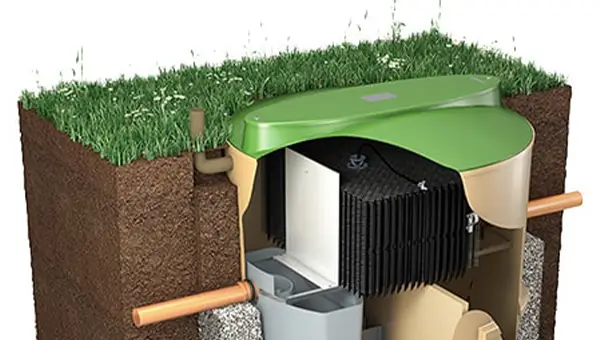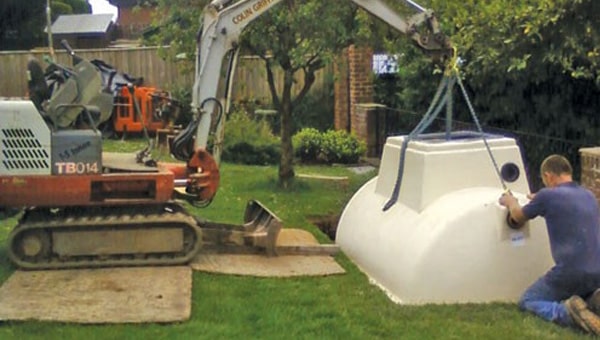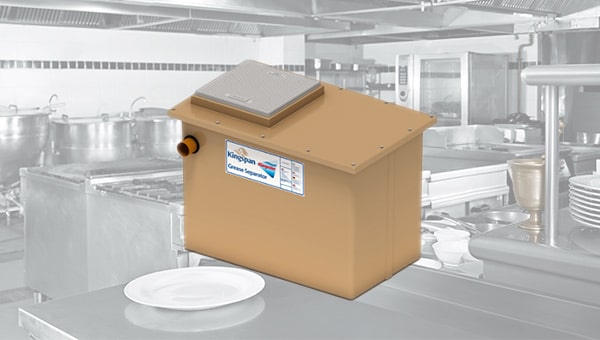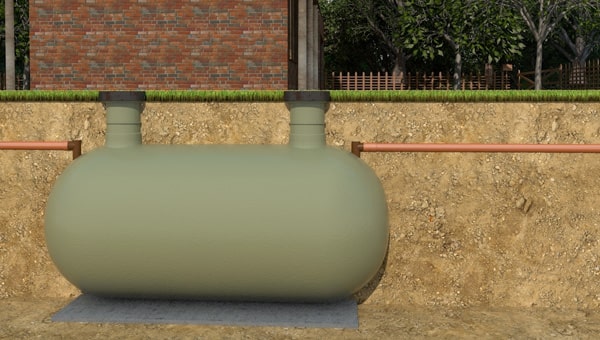Following new rules coming into place on 1st January 2020, properties with an existing septic tank, who can't discharge into a drianage field, will need to swap thier system over to a sewage treatment plant. Find out all the basics information about sewage treatment plants in this article.
How do they work?
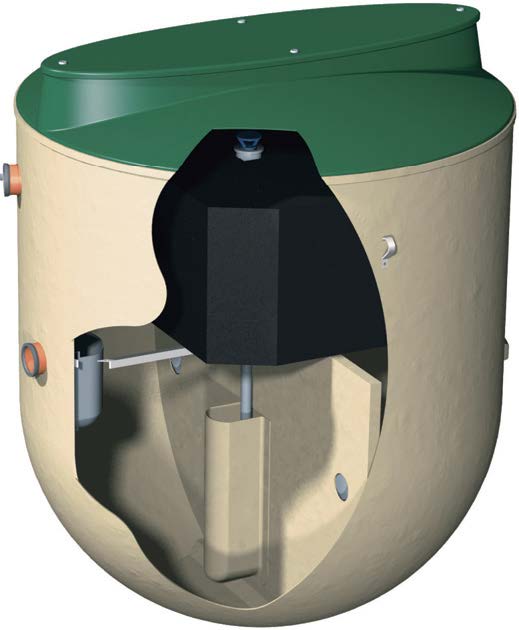
Effluent enters the primary settlement tank. The gross solids form sludge at the bottom of the tank and lighter social debris forms a crust on the surface. The settled liquor that is contained between the sludge and crust passes forward for treatment in the Biological Aerated Filter. This treatment zone contains a set of inactive modular media blocks that provide a large surface area on which naturally occurring bacteria can develop. The bacteria naturally feed on the settled sewage to further reduce the levels of Biochemical Oxygen Demand (BOD), Suspended Solids (SS) and Ammonia (NH3).
As the bacteria in the Biological Aerated Filter dies off, it falls away from the media and is passed forward to the final settlement tank where it settles out, further reducing the level of suspended solids in the final effluent.
Depending on the local ground conditions and the final effluent quality required by the local Environment Agency (England and Wales) or Scottish Environmental Protection Agency (Scotland), discharge can be directly into a water course.
What’s the difference between a Sewage Treatment Plant (STP) and a Septic Tank?
The main difference between and STP and a septic tank is that a septic tank produces polluted effluent which needs to be treated, whereas a sewage treatment plant produces non-polluting effluent which is able to be discharged into a watercourse (subject to Environment Agency consent).
Another difference is that septic tanks do not require electricity to treat the waste, whereas an STP does require power.
Septic tanks do not require servicing but need to be emptied once a year, whereas STP’s do require actual servicing but only need to be emptied at intervals which can vary from 3-60 months (depending on the plant).
For a more detailed comparison of these two sewage treatment options, find out whether you need a septic tank or a sewage treatment plant.
Benefits & Features of Sewage Treatment Plants
- Low maintenance
- Near silent operation
- Improves resale value of property
- Low running costs
- Low energy consumption
- No nauseous smells or pollution to offend neighbours
Sewage Treatment Plants
What size STP do I need?
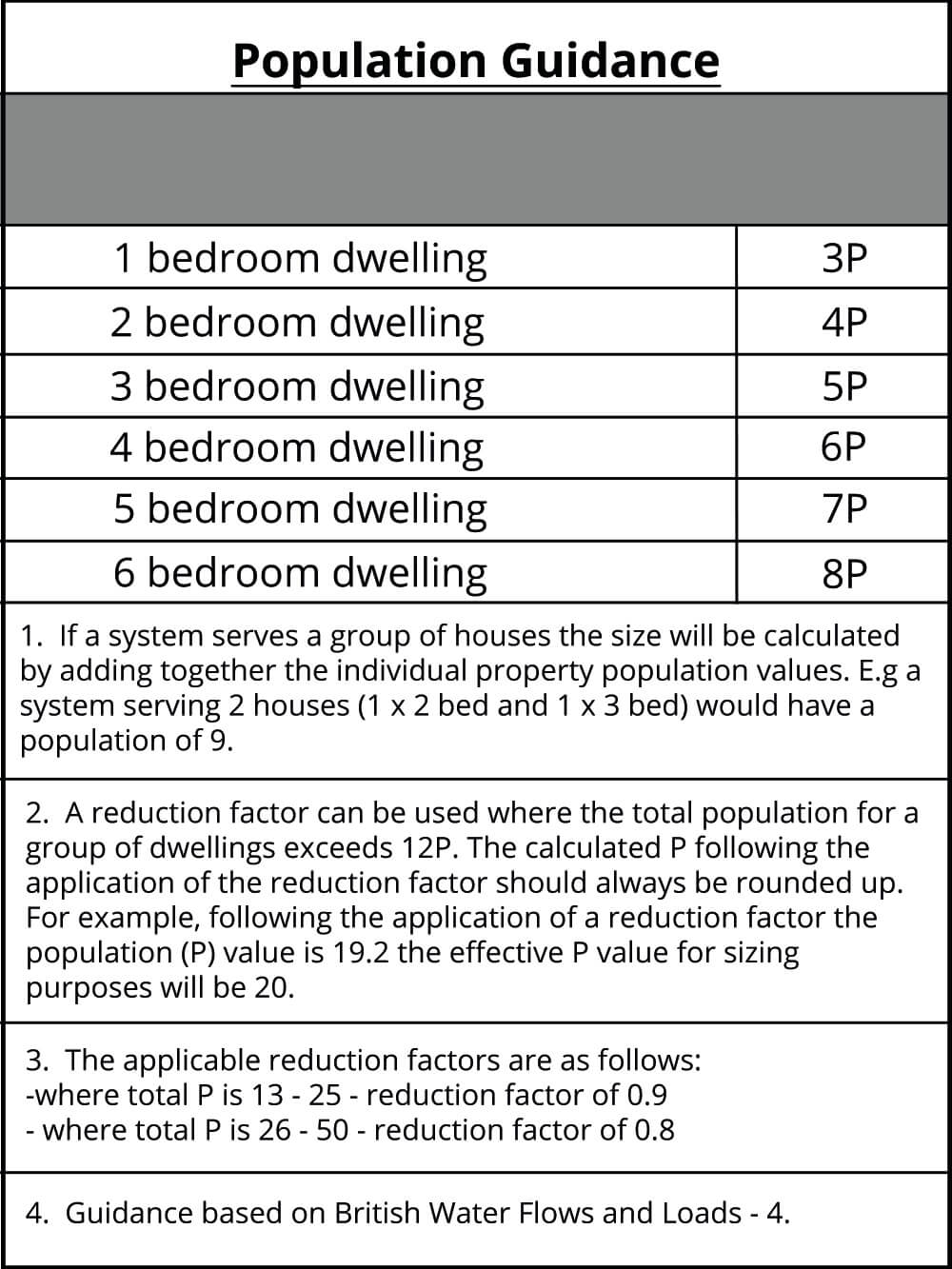
The size of a sewage treatment plant, like a septic tank, varies from household to household depending on the number of people living in the property the plant is treating.
Advice from our Technical Support team suggests to follow this guide when working out a sewage treatment plant size for a propety.
For a more information on sizing your tank, check out or “How to size a Septic Tank or Sewage Treatment Plant?” article.
Notes
Larger luxurious homes tend to have greater loads and increased water consumption
Holiday homes also tend to have higher occupancies with perhaps, the living room serving as a bedroom.
Laundry chemicals and toxic substances will affect performance. It is assumed that laundry is not brought in.
Here at JDP, our technical team is always on hand to offer free impartial advice for all of your drainage needs. Contact us today if you have any questions about your current or upcoming projects.








